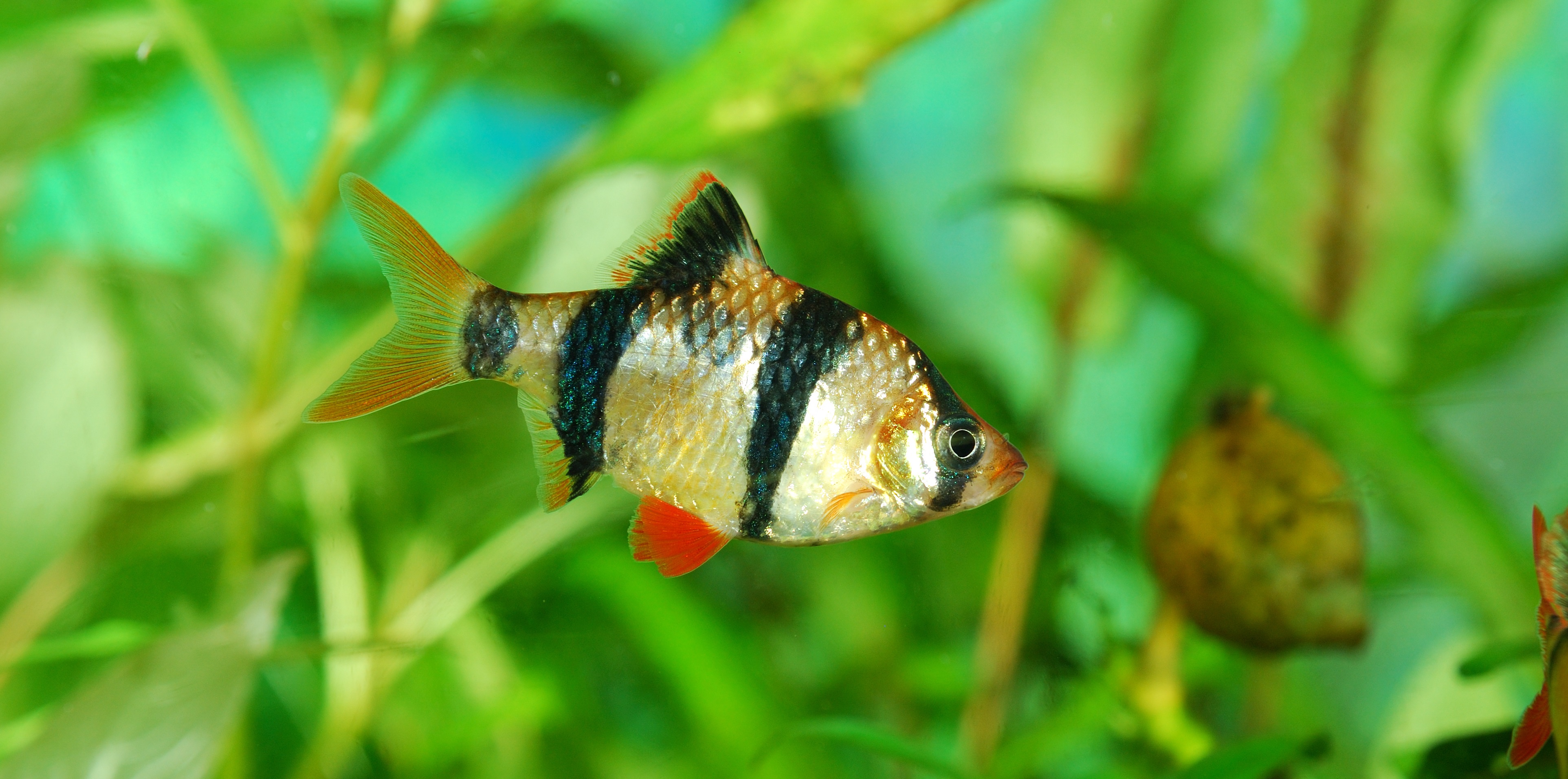Cannibal Cuisine
Submitted by Atlas Indicators Investment Advisors on November 17th, 2017
Some of you may be aware that Christopher is a strict vegetarian. But he wasn't always such. In fact, he remembers In-N-Out being his favorite purveyor of hamburgers back in his more carnivorous days. But that was then and this is now, and it turns out his current dietary habits are more favorable to our planet's well-being than are mine. Way more, really.
The Economist recently pointed out that the human desire to consume meat now means one-fourth of the world's land is used for grazing, an additional 30% of crops goes into feed, and water consumption is off the chart. Most notably (so much so that I will quote directly), "their eructations do nothing for the climate. Livestock are responsible for 14.5% of all anthropogenic greenhouse gasses."
This is obviously a serious problem. While some would suggest we tread the path Christopher has blazed, there are other options. Take bugs for instance. Crickets can prove to be a handy snack. Fried-up mealworms can replace croutons. Locusts seem to have done wonders for John the Baptist. Perhaps one day termites will be seen as the other white meat. Alternatively, cannibalism should be given more serious consideration. I have a fish pond and feed the little critters fish flakes on a daily basis. They go wild for the stuff.
Once again, however, technology may come to the rescue. The agricultural company Cargill is working with California-based Calysta to grow methanotrophs by feeding them (possibly) the aforementioned cattle eructations. These little bacteria can then be converted into protein pellets for larger critters like fish and fowl, even cows. If we truly are what we eat, just imagine your next version of hamburger 2.0 and all the good you will be doing for Mother Nature when biting into one. After all, that's what an eructation's all about. (by J R)

